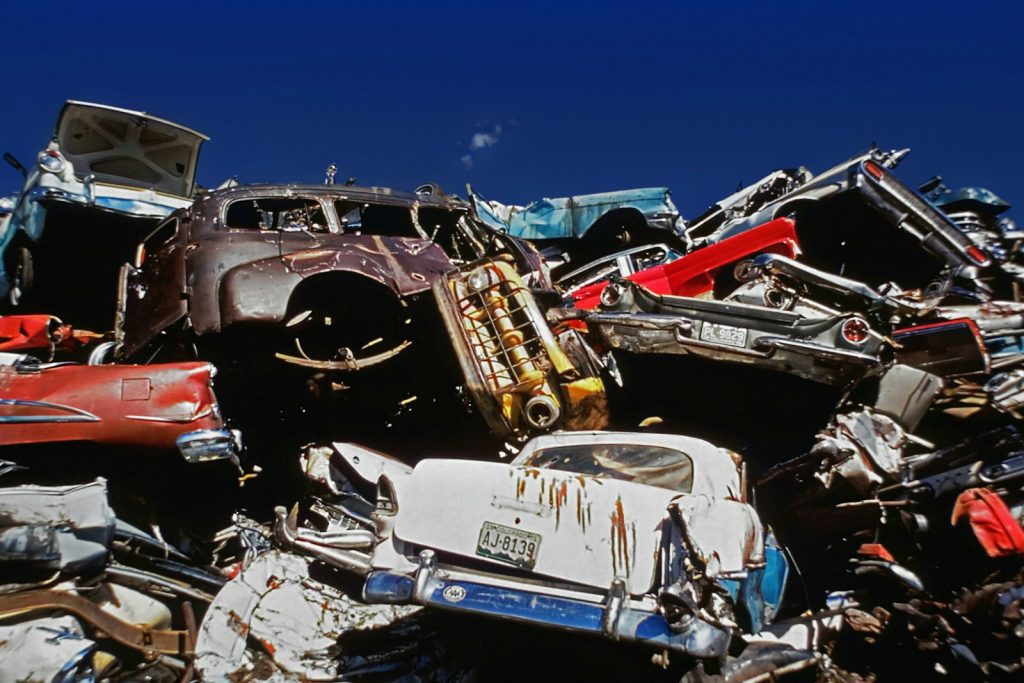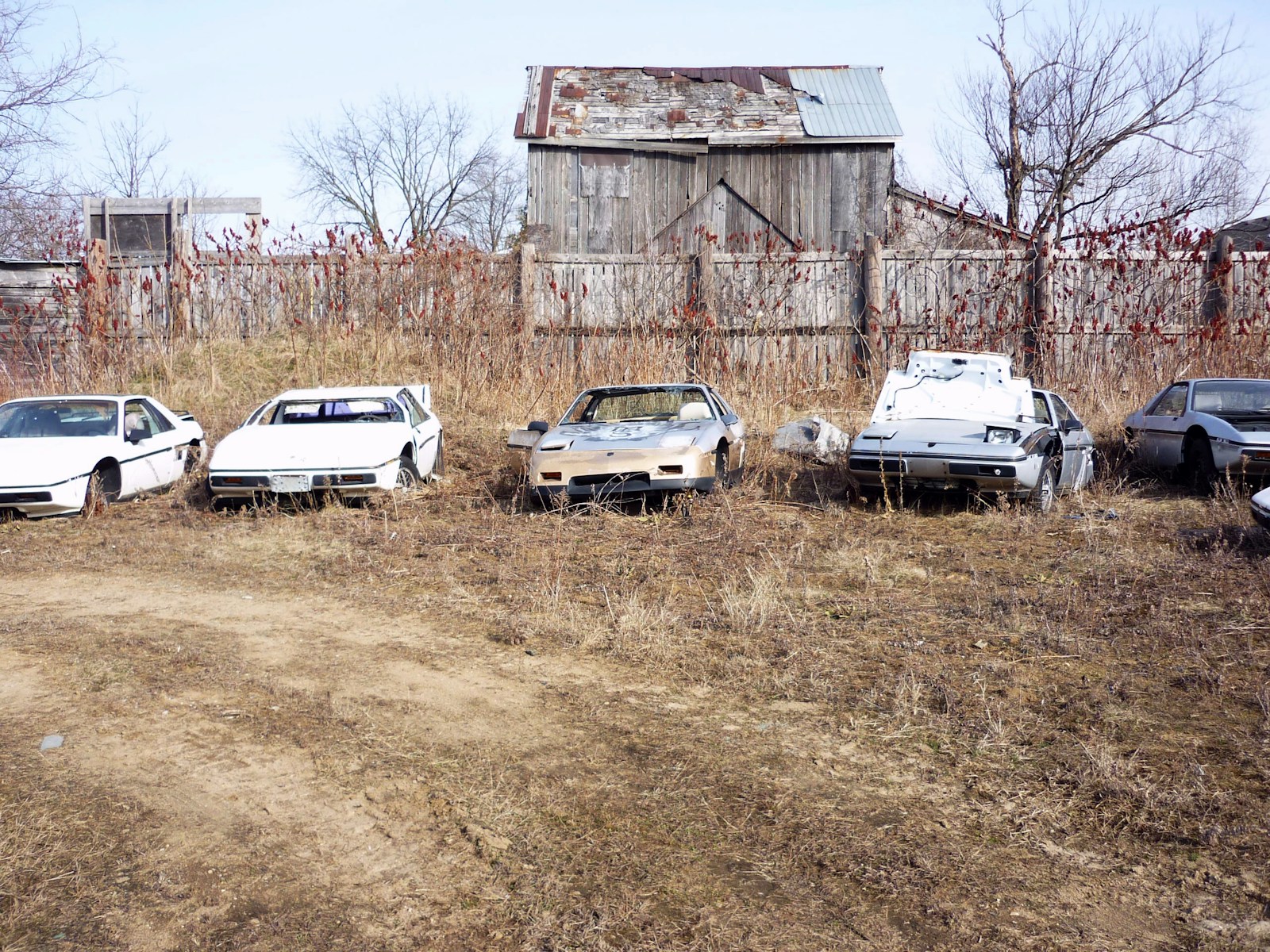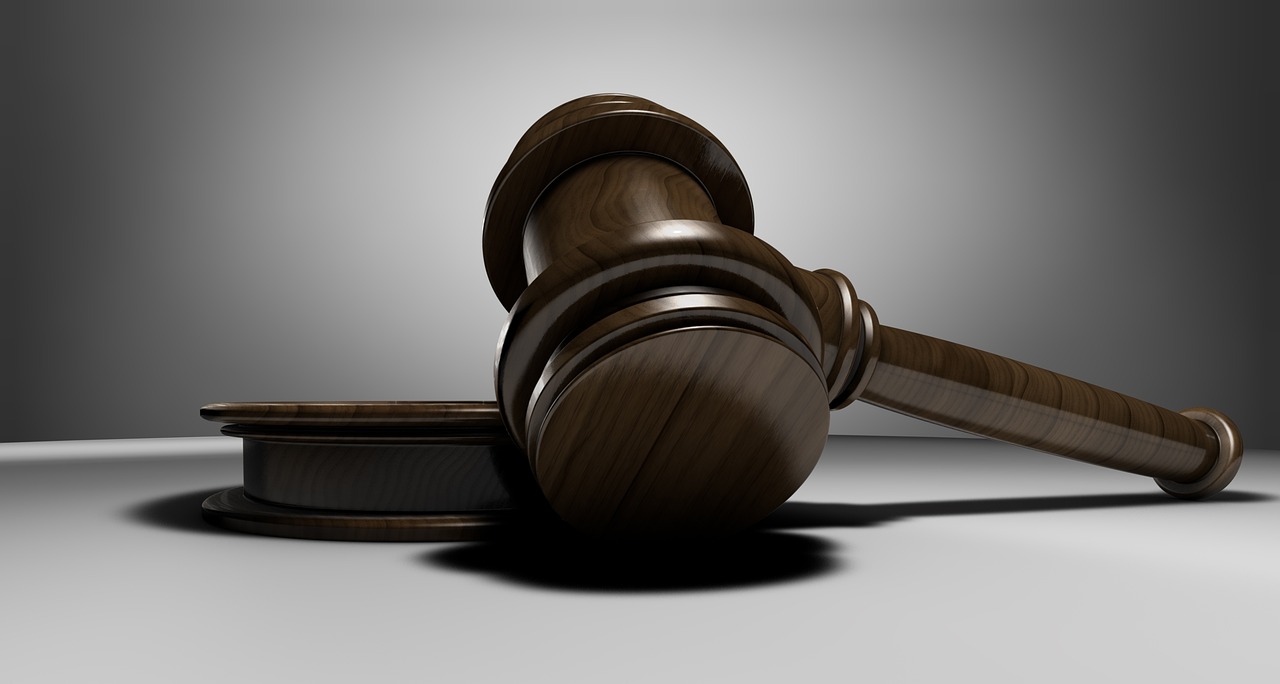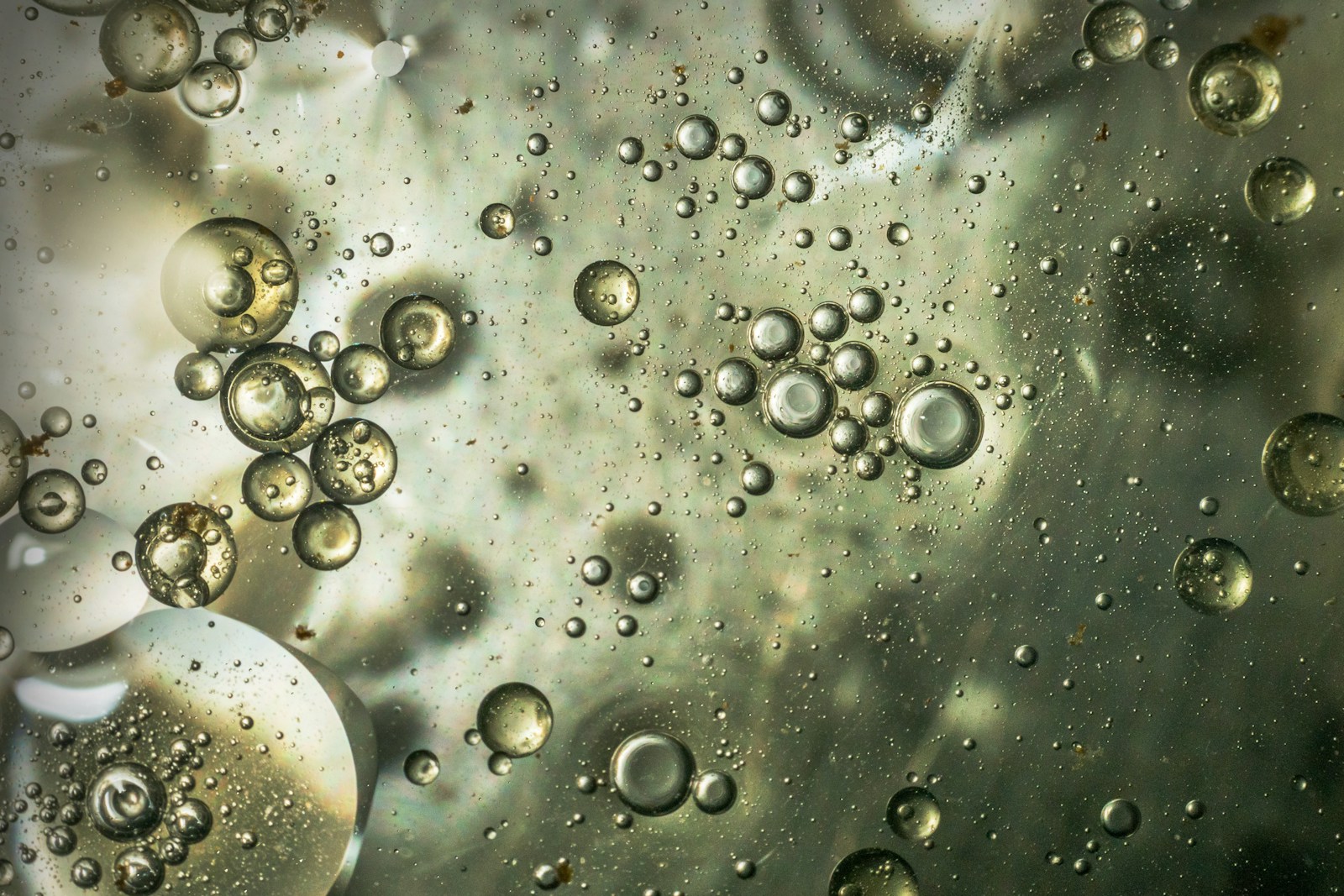When a car comes to the end of its road, its removal isn’t just an end—it’s a beginning of a well-planned process that significantly impacts the environment. A discarded vehicle goes through several essential steps that focus not only on recycling different parts but also on ensuring hazardous materials within the car are managed safely. This article will dive into the fascinating journey of your old ride after it’s removed as junk.
First Step: Ownership Transfer and Initial Processing
The first thing when deciding to junk your car is to transfer its ownership to a junk removal company. This generally involves the owner signing the car title over and receiving payment in return. After this ownership transfer, the vehicle is towed to a scrapyard where it begins the depollution process.

What is Depollution?
The depollution stage plays a vital role in protecting the environment by ensuring dangerous materials are carefully eliminated from the car. Here’s an overview of what this process typically involves:
- Taking Out the Battery: Car batteries can be hazardous due to lead and acid; hence, they must be removed cautiously to avoid polluting the land and water.
- Draining Fluids: All kinds of car fluids—like gasoline, engine oil, brake fluid, and antifreeze—are drained out. This is crucial to avoid any leaks happening that could damage the surroundings. Some of these fluids might get recycled.
- Removing Tires and Glass: Tires are taken away to reduce fire risks and are frequently recycled. Likewise, glass from the car’s windows and windshield is also extracted for recycling.
- Extracting the Catalytic Converter: The catalytic converter holds precious metals such as platinum. Its removal allows for these valuable metals to be collected and reused.
Each careful step of depollution is crucial for ensuring safety and environmental protection while also retrieving recyclable components.
Dismantling the Old Car
Following depollution, the next phase involves breaking down the car. Here’s how this process takes shape:
- Taking Off Usable Parts: Skilled workers will remove parts that are still in good shape, such as the engine and transmission, since they can be sold again.
- Sorting Parts: What remains is organized into different categories: metals, plastics, and waste that can’t be recycled. Sorting is key for the recycling efforts that follow.
- Compressing the Car: Using a car crusher, the vehicle is squished into a small cube. This not only trims down its size but also aids in easy transportation and handling.
Shredding and Kind of Separation
Once compressed, the car advances to the shredding phase:
- Shredding: The compacted vehicle is introduced to a shredder that turns it into small pieces, generally no bigger than a fist. This phase is essential as it allows for the separation of different materials.
- Magnetic Sorting: As shredded parts travel along a conveyor belt, magnets are used to pull out ferrous metals (like steel) from non-ferrous metals (such as aluminum and copper). Separating these materials is crucial because non-ferrous types often carry higher values.
- Heavy Liquid Separation: Non-ferrous metals that are still left go through a process called heavy media separation. Here, they arrive at a special liquid that allows different metals to float at different levels, thus aiding in further separation.
Recycling and Repurposing Parts
After separating the metals, they are forwarded to recycling facilities where the recycled products come into play. The recycling aspect includes:
- Melting and Reshaping: The sorted metals are melted and reshaped into products. This can range from parts meant for cars to items used in construction.
- Manufacturing New Products: Metals that have been recycled find their way into creating a wide variety of items, thus significantly minimizing the need for new materials and reducing the impact on nature.
- Repurposing Other Materials: Not just metals, but other parts like plastics and glass also get recycled. For instance, crushed glass, known as cullet, can find a new life in producing fresh glassware, while plastics can be turned into multiple new products.
Environmental Benefits of Recycling
The processes involved in getting rid of a scrap car bring numerous benefits for our planet. By recycling your car, we help decrease landfill trash, conserve resources, and lower the greenhouse gases involved in making new goods.
Plus, obtaining useful materials such as metals and plastics nurtures a circular economic model that promotes future reuse and recycling. This paradigm doesn’t just help decrease pollution while supporting ecologically friendly manufacturing behaviors.
Wrapping Up
Recognizing what happens to your obsolete vehicle when you decide to ditch it highlights the relevance of responsible disposal of cars. The transformation from a road-used car to recycled components involves careful management of hazardous materials, effective dismantling processes, and a strong focus on recycling. By using a junk car removal service, you can play a part in environmental preservation while getting some financial benefit along the way.
In summary, the life cycle of a junked car extends through several crucial phases that allow it to transition from worthless to useful, reaffirming just how important recycling is for both our economy and ecosystem.






